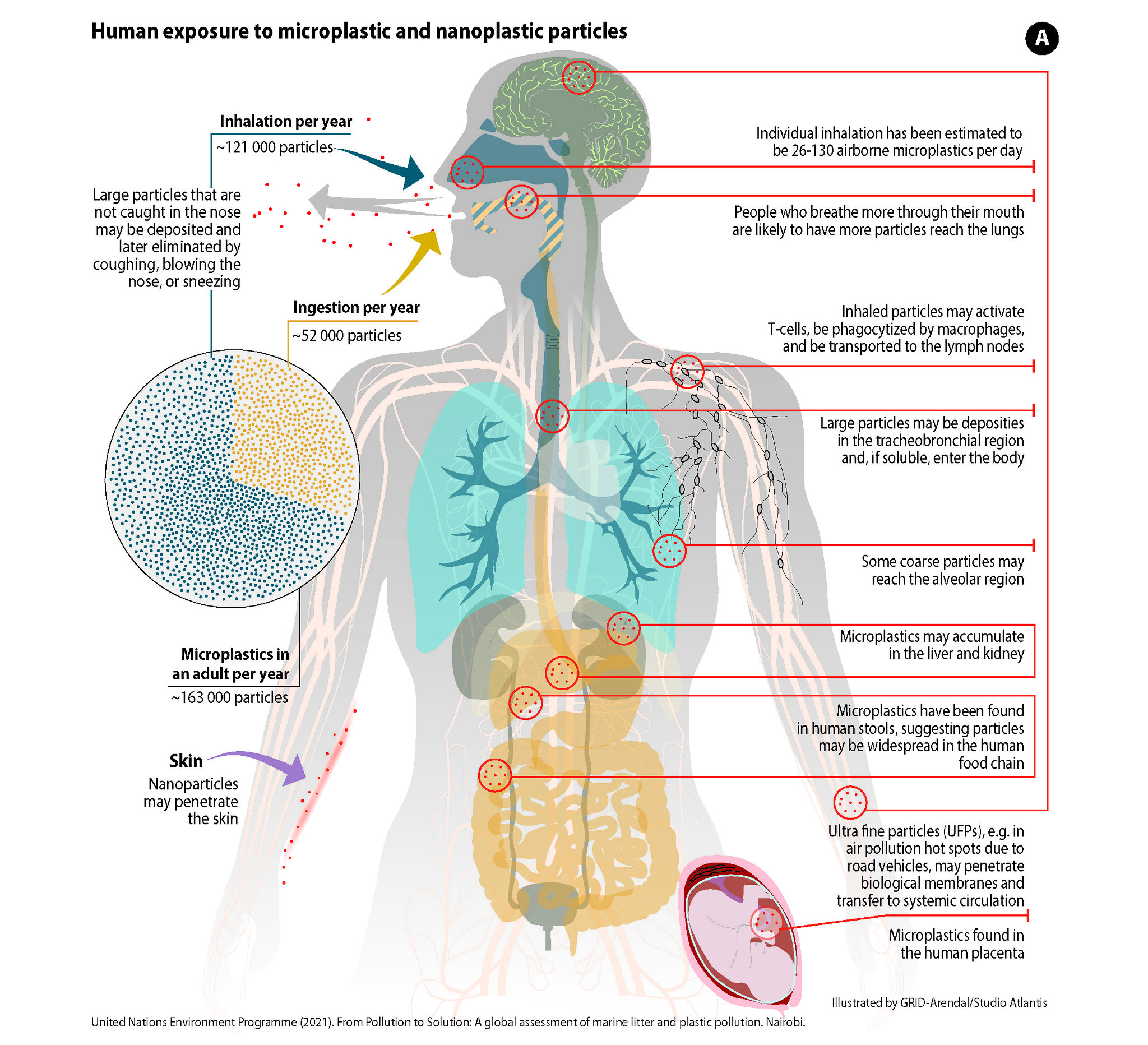Excerpt:
People eat, drink, and breathe in tiny pieces of plastics — but what they do inside the body is still unknown.
No human organ is safe from microplastic contamination, it seems — not even the testicles.
Researchers at the University of New Mexico recently tested 70 samples of testicular tissue — 47 from dogs and 23 from humans — and found microplastics in every single one. The attention-grabbing study, published last week in the journal Toxicological Sciences, highlights microplastics’ “pervasive presence” in male reproductive systems, and their potential consequences on male fertility.
The study isn’t the first to identify microplastics in the human male reproductive system; that came last year, when a small-scale analysis identified microplastics in 6 out of 6 testes and 30 out of 30 semen samples. The new paper built on that research by examining many more testes and finding more than 20 times as much microplastic in human samples as the previous study. The most dominant polymer found in the samples was polyethylene, which is the most commonly produced plastic globally.
The findings add to a growing list of studies finding microplastics throughout the human body, including in livers, lungs, carotid arteries, breast milk, and placentas, the organs that form to provide nutrients to growing fetuses. Microplastics are particles less than 5 millimeters in diameter — about the width of a paperclip — and they tend to slough off of larger plastic items as they break down.
So how do the microplastics get into people’s bodies? The main pathways are through food, beverages, and air. Seafood is a particularly significant source — perhaps because so much plastic pollution winds up in the ocean, where it breaks down and can be mistaken by fish for food. The particles have also been found in dairy milk and other animal products, as well as tap and bottled water, salt, honey, and foods packaged in plastic. Many studies have documented microplastics in dust samples and ambient air, especially indoors. Synthetic clothing, furniture upholstery, and other textiles release microplastics all the time, and one 2022 study estimated that people may inhale more than 48,000 microplastic particles per day…









